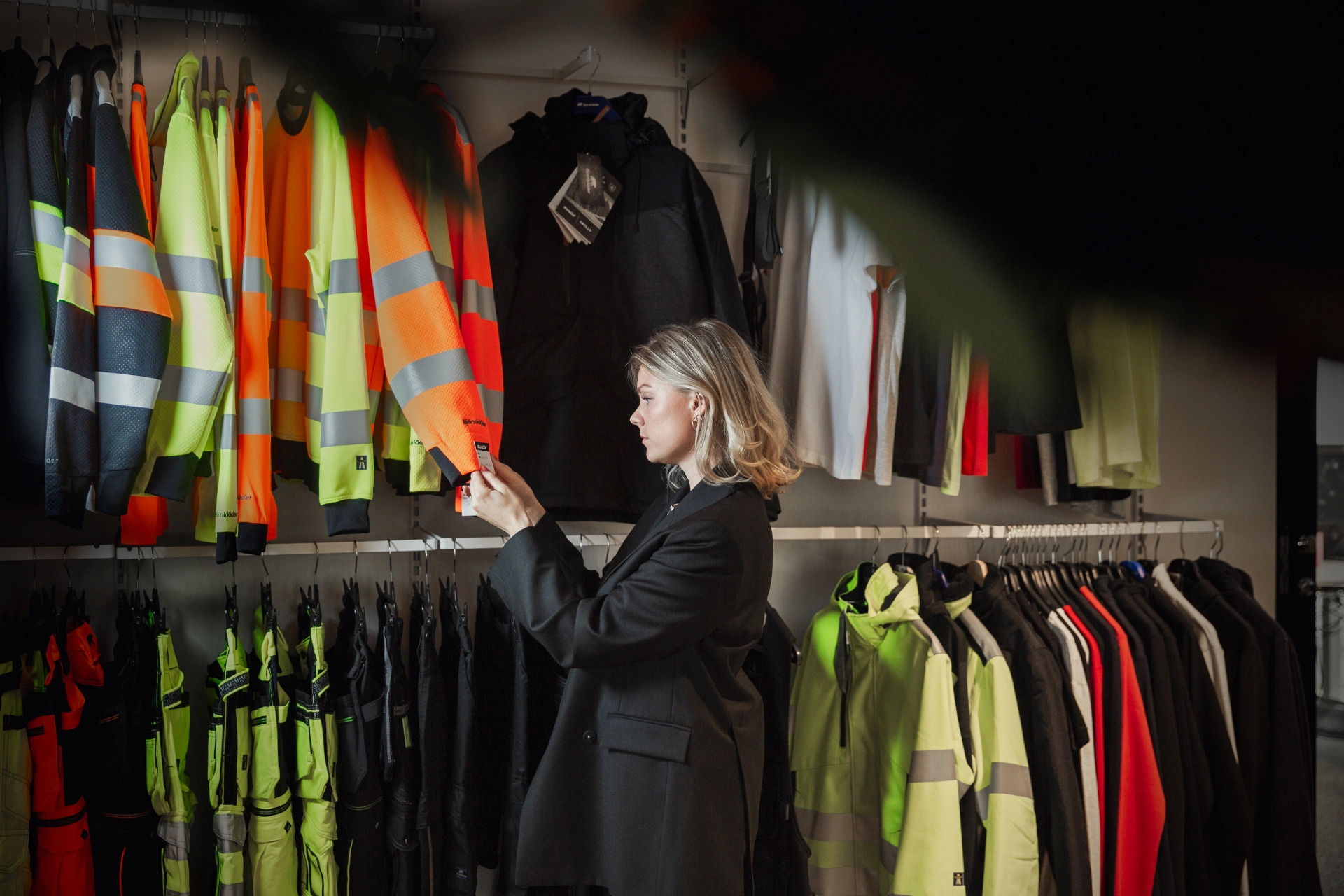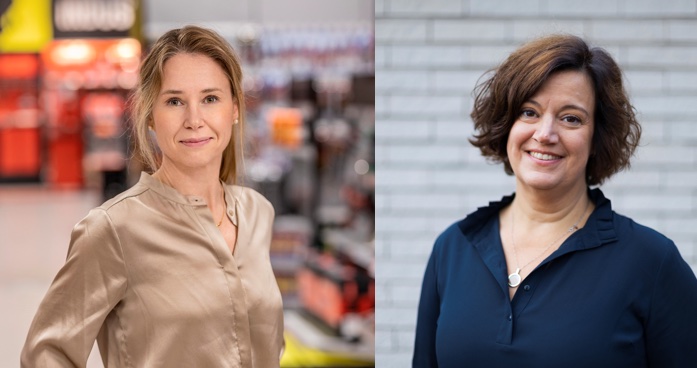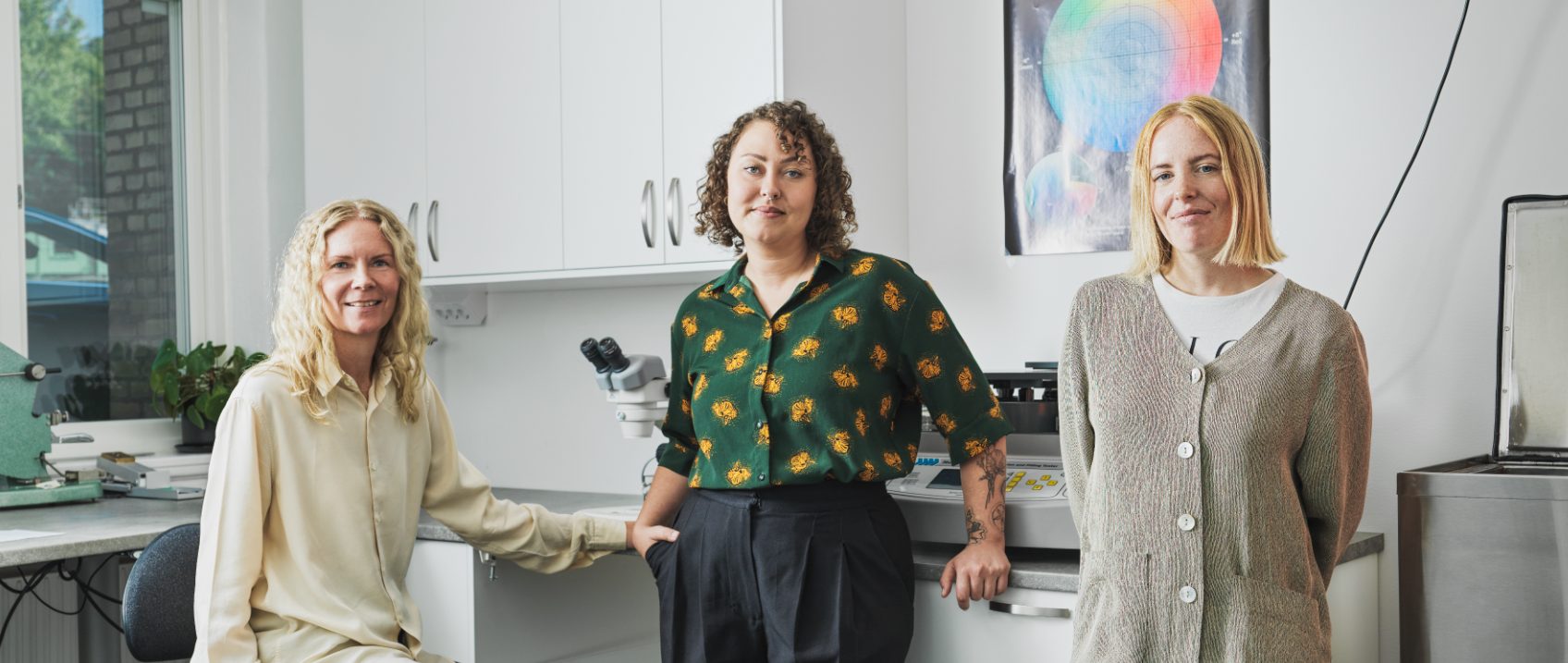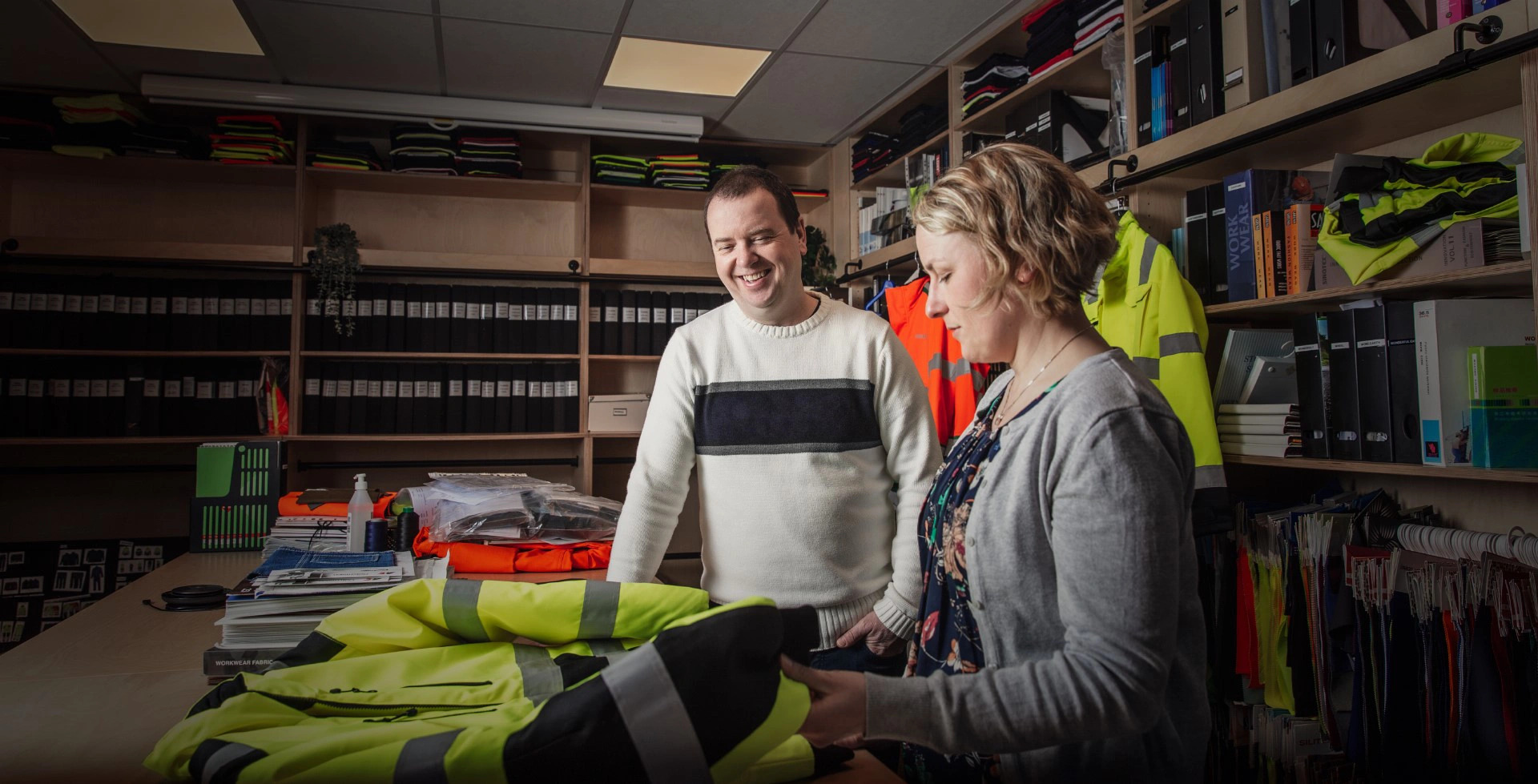Alligo’s customers’ questions about sustainability
The industry’s 5 most common questions about sustainability – and the answers
Susanna Fink, Alligo’s Sustainability and Quality Manager, has worked with sustainability for over 20 years and sees a big transformation.
It has really changed, from being something that was taken care of on the side to today being an integral part of companies’ strategies.
Nowadays, well-informed customers ask Alligo more and more questions about sustainability – here are the most common ones.
Can you accept our code of conduct?
Question: To become our supplier, we require you to accept our code of conduct and that you follow all international recommendations when it comes to human rights, working conditions, anti-corruption and the environment. We also wonder if we can audit you, to ensure that you live up to what you promise?
Answer: We can usually meet your requirements through our core values, our own code of conduct and supplier code as well as our policies, guidelines and routines. We have integrated the most common international agreements on subjects such as human rights, working conditions, anti-corruption and the environment. Our management system, which shows how we should work strategically and operationally, is certified according to environment, quality and working environment standards.
It is also fine to come and audit us!
What about hazardous chemicals?
Question: Can you certify that the products we buy from you do not contain any dangerous chemicals?
Answer: Chemicals are found in everything from clothing and shoes to screwdrivers and bolts. Hazardous chemicals are regulated within the EU and we require our suppliers to follow our chemical restriction lists. There we specify which chemicals must not be used in our goods or which must be limited. Our own requirements comply with regulations and vital customer requirements. Several of our own-brand garments are certified according to OEKO-TEX®, which is a human-ecological label for textiles. Our products are tested for harmful substances and have been approved by an accredited testing institute.
How big is your climate footprint?
Question: How big is your own climate footprint? And what are you doing to minimize it?
Answer: We affect the climate through our energy use in stores, warehouses and offices. In addition, obviously our use of transportation affects the climate too. To reduce our climate impact, we are working, among other things, to switch to more energy-efficient lighting and optimized ventilation, and planning our transportation better to reduce the need for air freight from Asia.
The biggest impact, however, is from manufacturing the products we sell – this includes materials, energy consumption and transportation. Therefore, it is important to ensure that a product can live as long as possible. To make this possible, we stock a large number of spare parts and help with repairs of both tools and clothing.
We are currently planning a survey that will show exactly how big a climate impact we have.
How are you minimizing the environmental impact of your work wear?
Question: You are big within workwear and textile manufacturing has a major environmental impact. How are you working to reduce that impact? And how are you encouraging recycling?
Answer: Today, textile manufacturing has a major impact on climate and the environment. A lot of research is going on in this area to make it better. We try to choose good processes and sustainable materials that have a lower environmental impact. We also want to cooperate with committed manufacturers who are active in their environmental efforts. By making demands for transparency and documentation, we entice our manufacturers to make better choices in their processes. This in turn encourages them to also take the initiative, for example, by reducing their use of water and choosing better energy sources.
Work clothes are made to last a long time but are used daily in harsh conditions. This means that they are rarely suitable for the second-hand market. Our clothes are also made to protect, which means that they are often contaminated, for example with chemicals. This makes recycling difficult.
How do you keep track of your suppliers?
Question: How do you keep track of your supply chain? Many of the products you sell are manufactured in countries that might, for example, have problems associated with corruption and child labor.
Answer: Our suppliers must accept our supplier code. Through this, we set requirements in areas such as human rights, working conditions, anti-corruption and the environment. Our goal is for all significant suppliers, with a purchase value of over one million kroner, to accept our code of conduct. In addition, we risk assess suppliers based on our requirements using information from independent sources. Based on these assessments, we also carry out follow-up self-assessments, site visits and third-party audits.




